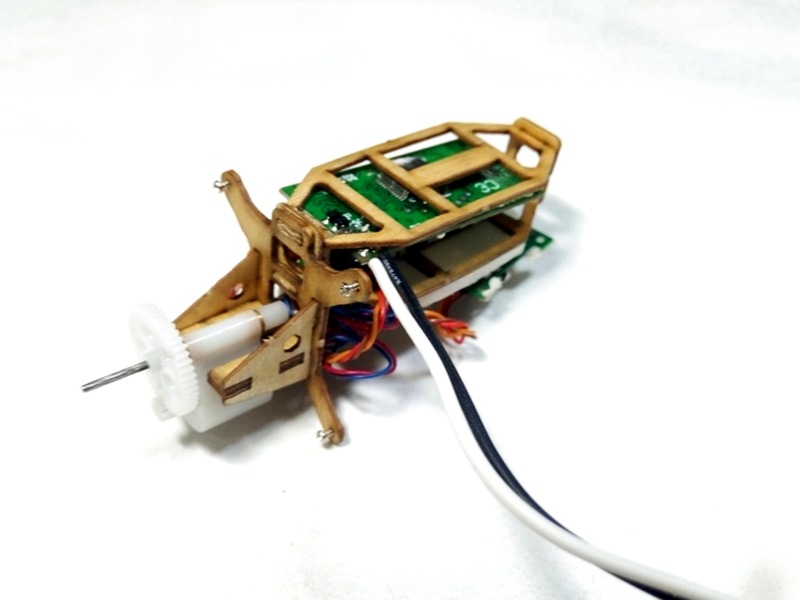How far can 5 GHz travel?

5 GHz is a frequency used by many wireless networks, including Wi-Fi and cellular networks. The distance that 5 GHz can travel depends on a variety of factors, including the environment, the type of antenna being used, and the power of the signal.
In an open environment with no obstructions, 5 GHz can travel up to several kilometers. This is because the higher frequency of 5 GHz allows for a greater range than lower frequencies like 2.4 GHz. However, in an environment with obstructions such as walls and trees, the range of 5 GHz is significantly reduced. The walls and trees absorb the signal, reducing its range.
The type of antenna being used also affects the range of 5 GHz. Directional antennas, such as Yagi antennas, are more powerful than omnidirectional antennas, such as dipole antennas. This means that directional antennas can send and receive signals over a longer distance than omnidirectional antennas.
The power of the signal also affects the range of 5 GHz. The higher the power of the signal, the farther it can travel. However, it is important to note that using too much power can cause interference with other wireless networks.
In addition to the environment, antenna type, and power of the signal, the type of device being used also affects the range of 5 GHz. Some devices, such as laptops and smartphones, are not designed to transmit or receive signals over long distances. Other devices, such as routers and access points, are designed to transmit and receive signals over longer distances.
In summary, the distance that 5 GHz can travel depends on a variety of factors, including the environment, the type of antenna being used, the power of the signal, and the type of device being used. In an open environment with no obstructions, 5 GHz can travel up to several kilometers. However, in an environment with obstructions, the range of 5 GHz is significantly reduced. The type of antenna and the power of the signal also affect the range of 5 GHz. Finally, the type of device being used also affects the range of 5 GHz.
Comments / Question
2. Interference: 5 GHz signals are more susceptible to interference from other wireless devices and physical obstacles such as walls and ceilings.
3. Capacity: 5 GHz signals can support more devices than 2.4 GHz signals, but they can also become congested more easily.
4. Compatibility: Not all devices are compatible with 5 GHz signals, so you may need to check your device’s specifications before using it.
2. Less Interference: The 5GHz frequency is less crowded than other frequencies, so it is less likely to experience interference from other wireless devices.
3. Improved Security: The 5GHz frequency is more secure than other frequencies, as it is more difficult for hackers to intercept data.
4. Greater Range: 5GHz offers a greater range than other frequencies, allowing for better coverage in larger areas.
5. Lower Latency: 5GHz offers lower latency than other frequencies, resulting in faster response times and improved performance.

